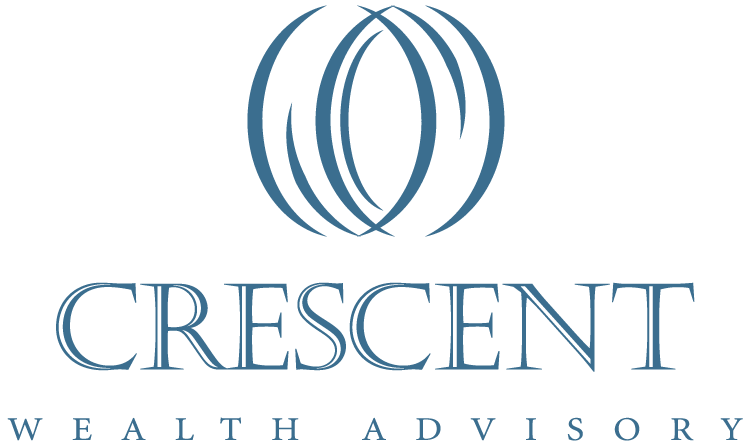Are My Assets Safe?
By Crescent Team
The recent events surrounding the failure of Silicon Valley Bank and Signature Bank, combined with the volatility in stock prices of other financial institutions, serve as stark reminders that the U.S. and global financial system is complex and ever-changing. These periods can be unnerving for investor psychology and can leave some wondering, “Are my investments and cash safe?”
BANKED ASSETS
As it relates to cash deposits, the U.S. banking system is fortunately one of the most robust and secure in the world. Following the fallout of the Global Financial Crisis more stringent regulations increased the capital necessary for banks to hold to help protect depositors. As of December 31, 2022, global systemically important banks (G-SIBs) held nearly 2.5 times the amount of capital than they did in 2008.¹ These assets are the first line of defense against bank risk.
Additionally, in the U.S., bank deposits are required to be insured by the Federal Deposit Insurance Corporation (FDIC). This means that cash deposits are insured up to $250,000 per depositor, per account registration, per financial institution in the event of a bank failure. Balances above the $250,000 FDIC limit are uninsured and therefore could be at risk.
CUSTODIED ASSETS
In contrast, investments such as mutual funds, ETFs and individual securities are not covered by FDIC insurance and banking regulations but instead fall under Securities Investor Protection Corporation (SIPC) insurance and custody regulations. In fact, the SEC Customer Protection Rule (15c3-3) legally requires custody assets to be held separately from banking assets. In short, your money is your money, regardless of potential concerns at the broader institution. SIPC insurance exists to protect consumers against the risk of loss custodian insolvency or fraudulent activity.
QUALITY GOVERNANCE
While we remain confident in both the U.S. banking system and the practices of large custodians, we do suggest being vigilant and to employ good governance. Here are a few practical steps individuals and institutions alike can take:
• Cash Balances – Cash balances at banks held below the $250,000 level are explicitly insured by the federal government. Balances above that level are based on the banking institution’s ability to pay those balances. It is prudent where possible to limit cash balances to the $250,000 threshold. If impractical, one way to mitigate this risk is to spread cash across multiple banks, maintaining balances of $250,000 or less at each institution.
• Movement of Money – With the fast-paced nature of money and bank accounts opening and closing, there exists the opportunity for “bad actors” to take advantage of the confusion and regulatory changes. When processing money movements, we recommend particular attention and caution be paid with regard to wire/bank routing instructions that may come via phishing emails, text messages or other intercepted communications.
• Margin Balances – Assets held at custodians with a margin balance may find those securities are not held fully separate from the institution at large as we described above. For those with concerns of the parent institution, limiting margin balances may limit this risk. However, the decision to employ margin should not be made solely based on this decision and rather holistically as to the benefits and drawbacks.
IN CLOSING
It can be easy to take for granted the complex architecture of the U.S. and global financial system. Whether in calm or volatile periods, investors and depositors must take the time to understand where their assets are held and what guidelines and protections are available under programs such as the SIPC and FDIC.
For more information, please contact the professionals at Crescent Wealth Advisory.
Download a PDF of this blog.
1) Goldman Sachs as of December 31, 2022
